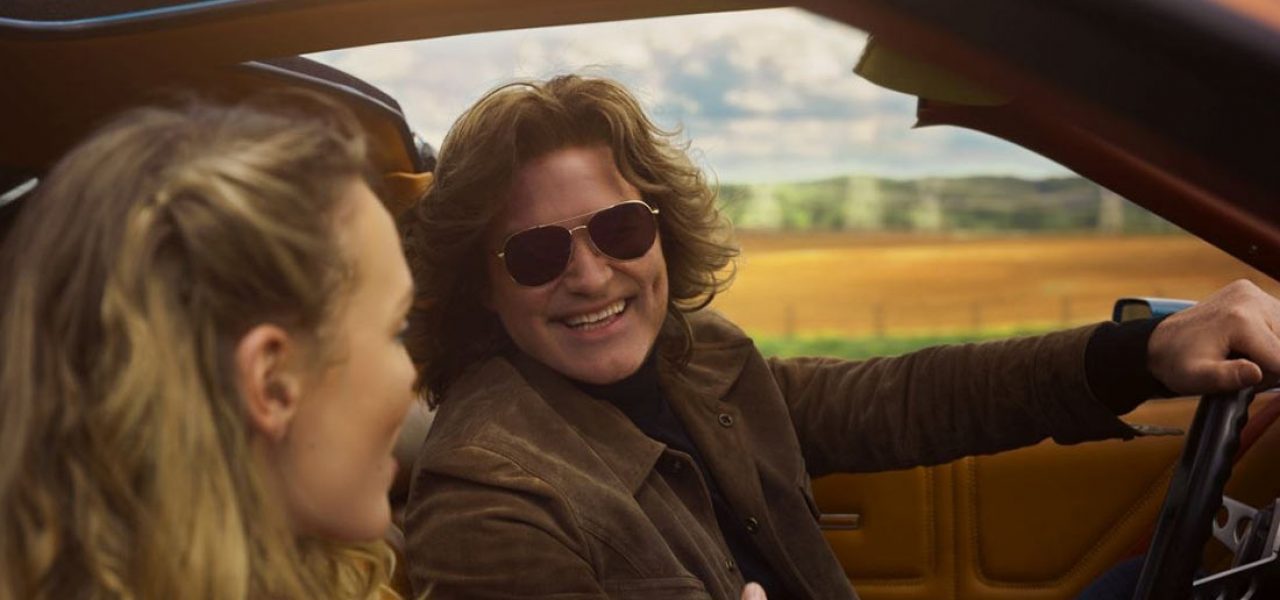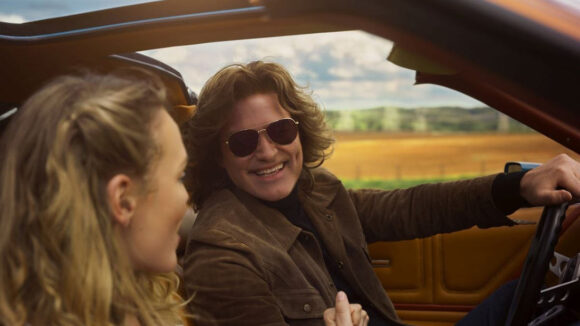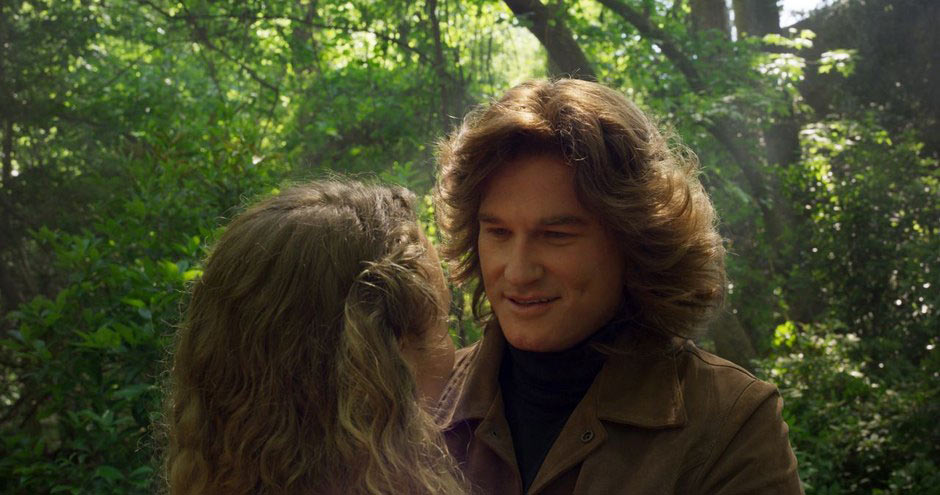

Despite What He Says, Kurt Russell’s De-Aging Effect in ‘Guardians of the Galaxy’ Was Mostly VFX
While doing publicity for Guardians of the Galaxy Vol. 2, 66-year-old actor Kurt Russell was fond of telling reporters how he said “no thanks” to visual effects artists and relied solely on Hollywood make-up for his de-aging scenes in the Disney-Marvel film.
The press ate it up, but it turns out Russell didn’t have a clue what he was talking about.
Russell told reporters that his de-aging work was done practically by his long-time makeup man Dennis Liddiard. In Vanity Fair, he recounted:
On the day we were going to start shooting a couple of these flashback scenes, [Liddiard] said [to producers], ‘Hey guys, I know his face really well, and I’ve got a lot of tricks in my bag. I can age him down a lot. Would that be helpful to you?’ They said, ‘Yeah. Anything you could do makes it easier for us.’
And when he finished, it was so amazing. We got the hair right, which was important and not easy. We got the makeup right. Then we got the wardrobe on, and I just said, ‘Wait a minute. This is great.’
Further in the piece, the Vanity Fair writer breathlessly explains how Russell was so proud of one-upping the visual effects artists that he told them so in person:
Russell was so proud of the feat that when he bumped into a woman from the C.G.I. department at the Guardians of the Galaxy premiere, he told her just that.
“She said, ‘What do you think of what we did to you?’ And I said, ‘Well, it’s my understanding that you guys didn’t have to do a whole lot. It was pretty much what we shot live touched up.’ She said, ‘That’s true.’”
And then Russell gave her a bit of feedback, the sort that you—the begrudging recipient of Hollywood’s mega-budgeted, mega-C.G.I.-ed franchise movies—may wish you could give Hollywood yourself. But he delivered his criticism in the most charmingly Kurt Russell way possible.
“I said to her, ‘You know, this is what makes it, I think, look more natural because there’s not that creep factor to it. You know what I mean? It doesn’t have that.’”
“I come from a time when we just did the stuff, you know what I mean?” Russell explains. “It adds a sense of credibility.”
Russell’s story may be fun to read, but the film’s visual effects supervisor Chris Townsend told Yahoo Movies a couple days ago that it’s pure fantasy. “I wouldn’t say he used mostly makeup,” Townsend told the website. “It was mostly makeup, plus about three months, per shot, of several artists working on each shot!”
Townsend goes on to explain:
What we did is, we went to Kurt and his makeup gang and said, “Look we want him to look as young as possible.” And they did a terrific job making him look young, and putting a great wig on him. But then we put dots on his face for witness cameras, and we cast another guy for the young Kurt Russell, named Aaron Schwartz. He was a reference not only of what 30-year-old skin looks like in that particular environment, but also someone we could potentially use to skin-graft bits onto Kurt’s performance once we’ve done whatever he could by de-aging him and thinning him out.

The veteran vfx supe further explained that they re-shot Russell’s performance with Schwartz to serve as a guide for Lola, the vfx company that handled the sequence. He compares the process to “digital plastic surgery,” such as smoothing out the skin and reducing the size of pores, but “where you can’t take the original photography and manipulate it, you then have to go back to the picture double and literally skin-graft parts of his face onto the main actor.”
Townsend attributes about 20 percent of the effect to makeup man Liddiard – and the rest to the vfx crew. “It’s obviously Kurt’s performance that you see onscreen; it’s just the little bits and pieces around the neck or the ears or wherever it may be that you can’t just take the skin and make it look like it should have 30 years ago. The thing about it is that it’s a laborious process. It is many artists, sitting for many hours, for many days and weeks and months crafting this. The artists at Lola, particularly, understand the physiology of the aging process. There’s a terrific artistry that goes on there.”
It’s refreshing to hear Townsend correct Russell on this. There’s a reason we rarely hear about the “invisible” vfx work that happens in Hollywood – and it’s not because cg creatures and explosions are more interesting to write about. It’s because the workaday effects that alter an actor’s physical appearance are often wrapped up in NDAS (non-disclosure agreements) that prevent the vfx studios from openly discussing the enhancement work they performed.
At the end of the day, Russell sounds like he’s speaking from a place of ignorance and vanity, which while unfortunate, is far less insidious than someone like Andy Serkis, who understands the process perfectly well, yet doesn’t acknowledge or diminishes the hard work of animators and visual effects artists to elevate his own contributions in a production.

.png)